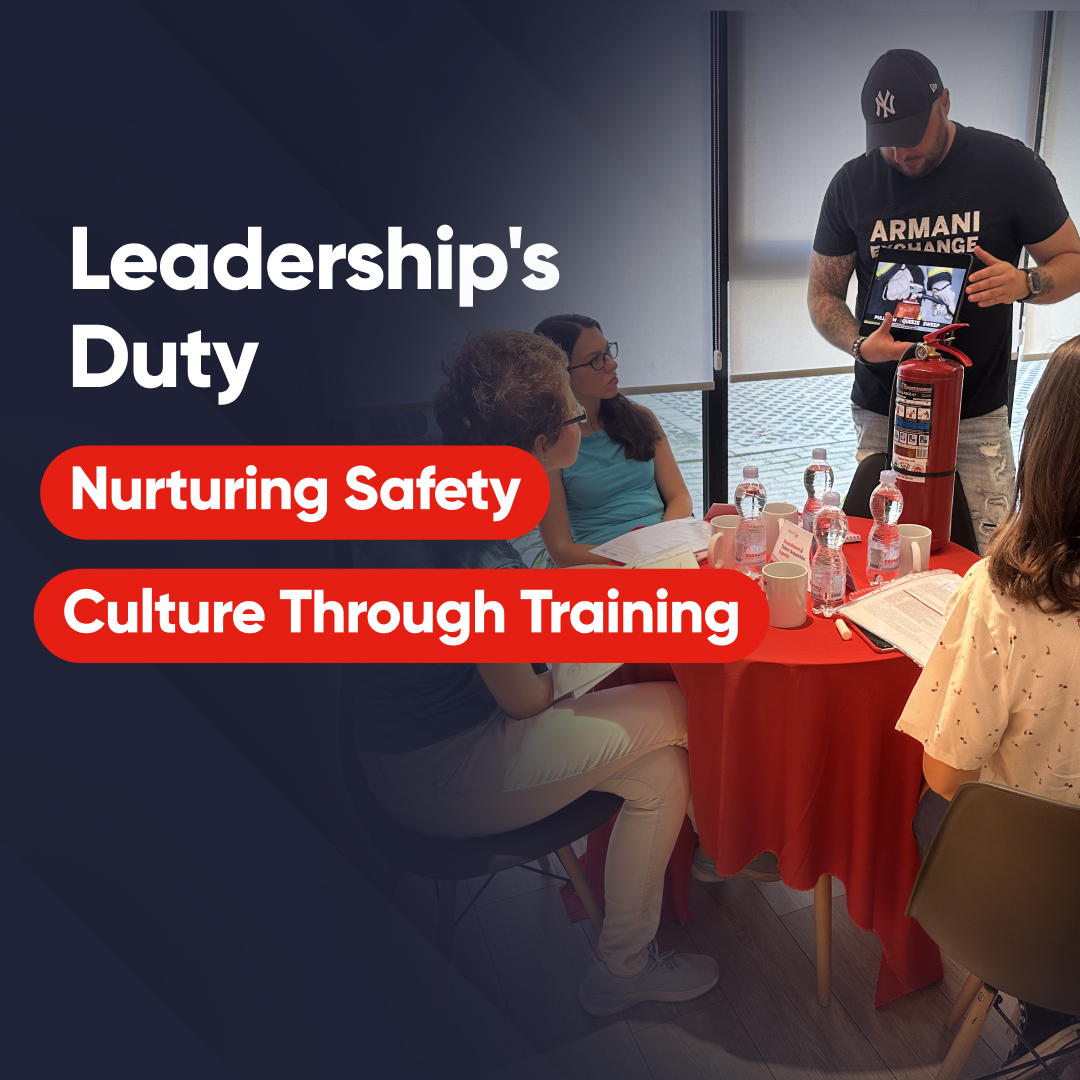The Critical Importance of Ongoing Health and Safety Training in the Corporate Environment

In the complex ecosystem of corporate operations, the significance of workplace health and safety is often overshadowed by discussions around revenue optimisation and technological innovation. However, the prudent organisation recognises that a robust health and safety infrastructure is not merely a regulatory requirement but a cornerstone of sustainable success. This article elucidates the necessity for continuous training in health and safety protocols to ensure an optimal work environment for all employees.
The Ethical and Legal Imperatives
Workplace health and safety are not just checkboxes to be ticked off during compliance and regulatory audits, they are ethical and legal imperatives that demand unwavering commitment from organisational leadership. The provision of a safe and healthy work environment is not merely a statutory obligation but a moral duty that underscores the values of the organisation.
The Dynamic Nature of Workplace Safety
The parameters of workplace safety are not static, they evolve in response to technological advancements, regulatory amendments, and cultural shifts. This fluidity necessitates a proactive approach to employee training, ensuring that safety protocols adapt to emerging challenges and risks. A singular training session at the point of onboarding is insufficient, ongoing education is essential for maintaining a consistently safe work environment.
Return on Investment (ROI) in Safety Training
Allocating resources for continuous health and safety training is not an expenditure but a strategic investment. The benefits are manifold, ranging from the mitigation of accident-related costs and legal liabilities to the enhancement of employee morale and productivity. A workforce that feels valued and protected is more likely to be engaged, thereby contributing positively to the organisation’s bottom line.
Leadership’s Pivotal Role
The role of senior management in the effective implementation of health and safety measures is crucial. Leadership must not only endorse these initiatives but actively participate in them, thereby setting a precedent for the entire organisation. A top-down approach to safety training fosters a culture of collective responsibility and compliance.
Customisation: A Prerequisite for Effective Training
While generic training modules may satisfy minimum regulatory requirements, they fall short of addressing the unique challenges and risks inherent to specific industries or roles. Tailored training programs, developed in consultation with experts, offer a more nuanced and effective approach to workplace safety.
Conclusion
In the broader context of organisational excellence, ongoing health and safety training may appear to be a minor component. However, it is a foundational element that underpins the stability and sustainability of corporate operations. It is incumbent upon organisations to prioritise this critical aspect, not merely as a compliance measure but as an integral part of their ethical and operational framework.
